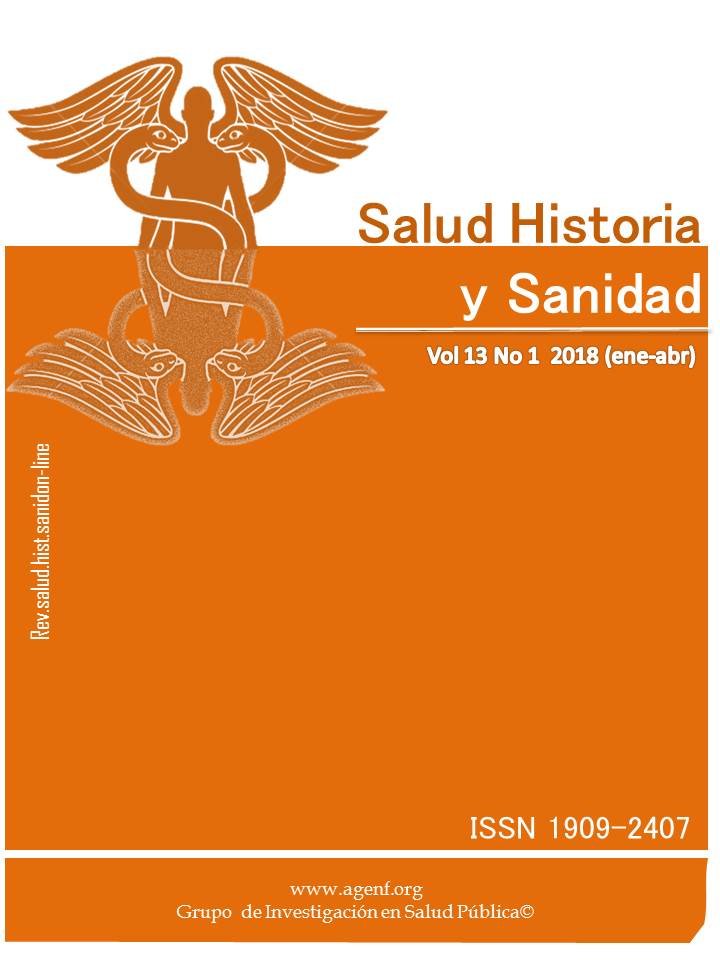Abstract
Objetivo Analizar las características cinemáticas en la ejecución técnica del ciclo de palada en la prueba de 200 m, en kayakistas del Departamento de Boyacá por medio de sensores de movimiento. Metodología. Enfoque cuantitativo de tipo descriptivo transversal. Muestra intencionada y a conveniencia integrada por tres (3) palistas (Pal) elite modalidad Kayak de Boyacá, edad 23,3±4,04; talla 1,79±0,01m; peso 77±4,3 k e IMC 23,9±1,1 experiencia deportiva 7 años, quienes firmaron el consentimiento informado. Resultados: En la distancia de 200 metros se evidenció que los palistas cubrieron la distancia en un tiempo de 44’01” segundos, a un ritmo de 145.42 paladas por minuto. Sobre el número de paladas (#), tiempo empleado (t) y velocidad (v) se obtuvieron estos datos: pal 1 # 83, t 45,69 seg, v 15.8 km/h. pal 2 # 88, t 42, 22 y v 17 y pal 3 #91, t 44,65 y v 16.1. El promedio de desplazamiento del bote por palada tanto derecha e izquierda fue pal 1=2.38, pal 2=2.28, y pal 3=2.11 m. respectivamente. Conclusiones Se determinó 1. el trabajo técnico en el ciclo de la palada es deficiente en sus fases aérea y acuática. 2. el no ingreso de la pala en su máxima amplitud y 3. La fluctuación en el control del ritmo; estos factores generan un menor desplazamiento del bote después del ciclo.
Palabras clave: desplazamiento, kayakista, palada, tiempo, velocidad.
ABSTRACT
Objective To analyze the kinematic characteristics in the technical execution of the test cycle in the 200 m test, in kayakers from Boyacá with motion sensors. Methodology: Quantitative approach with transversal descriptive type. Intentional and convenient sample integrated by three (3) elite paddlers (Pal), Kayak modality from Boyacá, between 23.3 ± 24.04 age; size 1.79 ± 0.01m; weight 77 ± 4.3 k and BMI 23.9 ± 1.1 wih 7 years of experience who signed the informed consent. Results: In the distance of 200 meters it was evidenced that the paddlers covered the distance in a time of 44 min 01seconds, with a rate of 145.42 strokes per minute, about the number of strokes (#),used time (t) and velocity (v) these data were obtained: pal 1 # 83, t 45.69 sec, v 15.8 km / h, pal 2 # 88, t 42, 22 and v 17 and pal 3 # 91, t 44.65 and v 16.1 The average displacement of the boat by the right and left stroke was pal 1 = 2.38, pal 2 = 2.28, and pal 3 = 2.11 m respectively. Conclusions: it was determined 1- The technical work in the stroke cycle is deficient in the air and water phases.2-The non-entry of the Paddles at the maximum amplitude of it. 3. The fluctuation in the control of the rhythm, these factors generate less displacement of the boat after the cycle.
Keywords: displacement, kayaker, stroke, time, speed.
